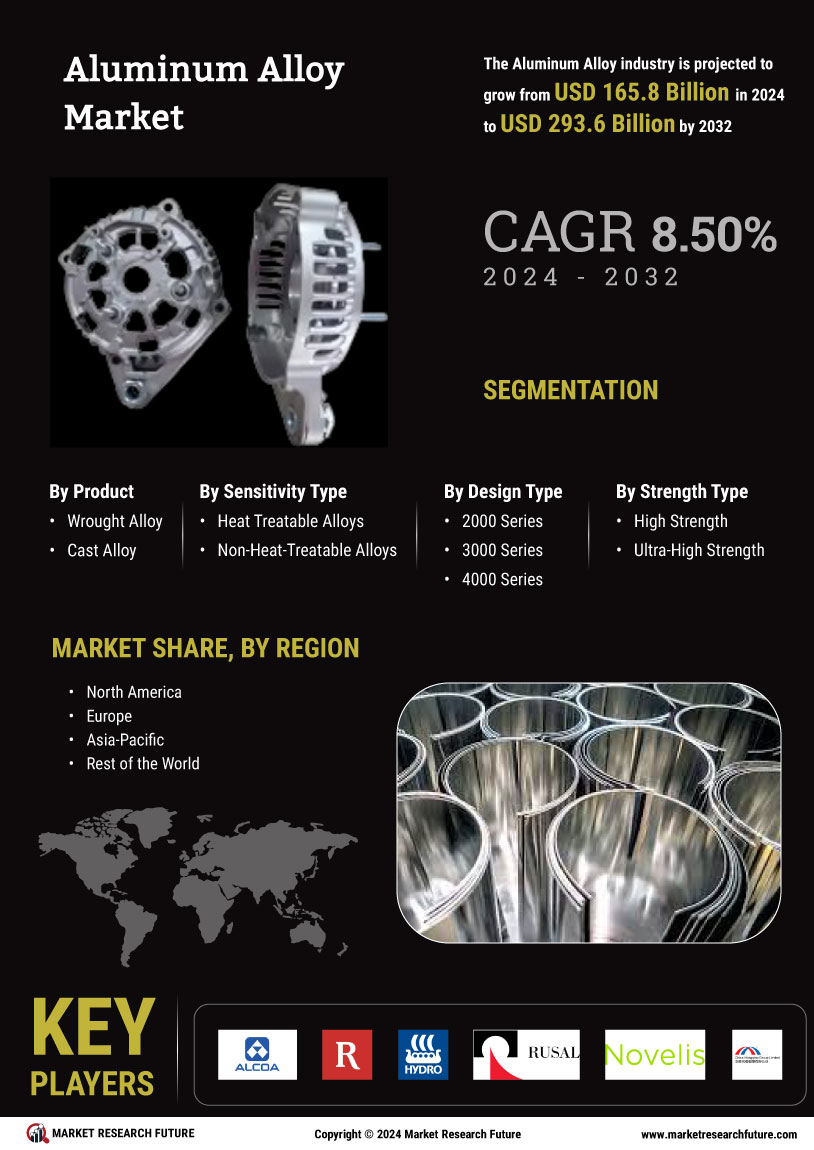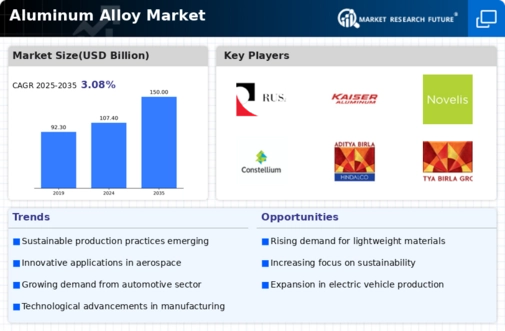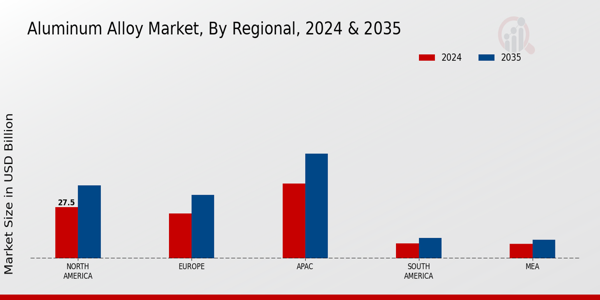The competitive insights of the Aluminum Alloy Market reveal a dynamic landscape characterized by innovation, strategic partnerships, and an ongoing emphasis on sustainability.
As industries increasingly recognize the advantages of aluminum alloys, numerous players are vying for market share amid rising demand across various sectors, including automotive, aerospace, construction, and packaging.
The market dynamics are influenced by factors such as technological advancements, regulatory policies, and fluctuating raw material prices. Companies are focusing on developing high-performance aluminum alloys to meet the evolving needs of end-users, leading to heightened competition.
Given the global push for lightweight materials that enhance fuel efficiency and reduce carbon emissions, the competitive environment continues to evolve, placing significant importance on research and development.
Rusal stands out in the Aluminum Alloy Market due to its considerable production capacity and comprehensive operational footprint. As one of the largest aluminum producers globally, Rusal has established a strong market presence that is bolstered by its commitment to sustainability and energy efficiency.
The company's strengths lie in its vertically integrated operations, ranging from bauxite mining to aluminum production and processing. This allows Rusal to control quality and costs effectively while innovating in the development of advanced aluminum alloy solutions.
Their strong focus on research and development further positions them favorably in the market, enabling the company to respond adeptly to the diverse requirements of various sectors and maintain a competitive edge on the global stage.
UACJ Corporation is a formidable player in the Aluminum Alloy Market, known for its extensive range of products and services, which include rolled aluminum products and extrusions tailored for diverse applications. The company's robust market presence is supported by strategic investments in production technologies and facilities across the global landscape.
UACJ's strengths include its focus on high-quality products, innovative design solutions, and customer-centric approaches that cater to specific industry needs. Furthermore, UACJ has engaged in mergers and acquisitions to expand its market share and enhance operational capabilities, solidifying its position as a leading manufacturer of aluminum alloys.
Through continuous adaptation to market trends and customer requirements, UACJ remains committed to driving growth in the global aluminum alloy sector while contributing to sustainable practices within the industry.

















